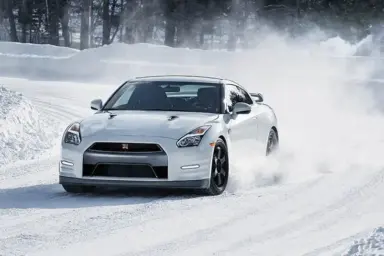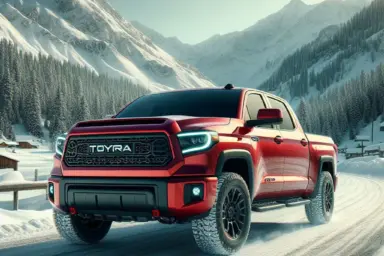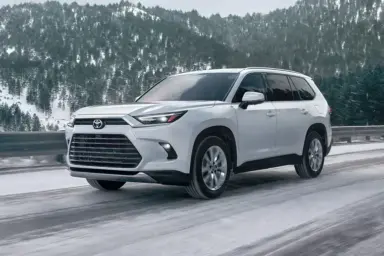Snow, ice, and freezing temperatures can pose significant challenges, even for the most advanced automobiles.
Tesla, the pioneering electric vehicle (EV) manufacturer, has garnered a reputation for its cutting-edge technology and impressive performance.
However, the question remains: how do Teslas fare in the snow and icy conditions?
Table of Contents
How Tesla Handles Icy Roads in Winter?
Teslas are known for their cutting-edge technology and impressive performance, but how do they fare when the roads are covered in snow and ice?
Tesla’s approach to winter driving is a testament to its commitment to innovation and safety. The company has implemented various features and design elements to ensure its vehicles can confidently navigate snowy and icy roads.
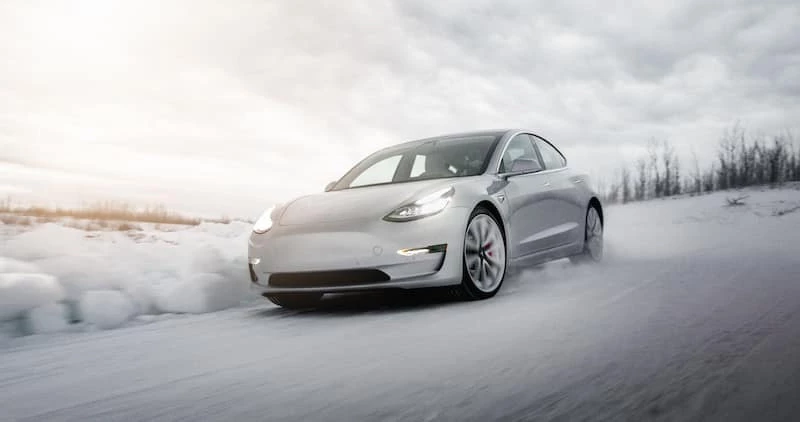
Things That Make a Tesla Good in the Snow:
Weight Distribution
One of the key advantages of Tesla’s vehicles is their weight distribution. The heaviest component of the battery pack is strategically placed along the floor of the car.
This low center of gravity enhances handling and stability and improves traction on slippery surfaces.
The weight distribution helps the tires maintain a firm grip on the road, reducing the likelihood of slipping or losing control.
All-Wheel Drive
Tesla’s flagship models, such as the Model S, Model X, and Model Y, are equipped with dual-motor all-wheel drive systems.
This feature ensures power is distributed to all four wheels, providing superior traction and control in adverse weather conditions.
The all-wheel drive system monitors wheel slip and adjusts the torque distribution accordingly, enabling the vehicle to maintain a firm grip on the road, even on snow or ice.
Ground Clearance
Tesla’s SUV models, the Model X and Model Y, boast impressive ground clearance of up to 8.1 inches and 6.6 inches, respectively, which is particularly advantageous in snowy conditions.
Higher ground clearance allows these vehicles to navigate deeper snow without getting stuck or sustaining underbody damage.
Moreover, the increased clearance helps prevent snow buildup around the wheel wells, further enhancing traction and control.
Defrost Feature
Tesla’s advanced climate control system includes a defrost feature that quickly clears ice and snow from the windshield, side mirrors, and rear window.
This feature ensures optimal visibility, which is crucial for safe winter driving. Furthermore, Tesla’s heated windshield and wiper blade defrosters maintain a clear line of sight, even in the harshest conditions.
Cold Weather Performance: Does Cold Weather Affect Tesla Performance?
While Tesla’s vehicles are well-equipped to handle snowy and icy conditions, it’s essential to understand how cold weather can impact their performance.
Do Tesla batteries drain quickly in cold weather?
Like all lithium-ion batteries, Tesla’s battery packs can experience reduced range and efficiency in extremely cold temperatures.
This is due to the increased internal resistance and chemical reactions within the battery cells, which can lead to increased energy consumption.
However, Tesla has implemented various strategies to mitigate this issue, such as preconditioning the battery pack before charging and providing insulation to maintain optimal operating temperatures.
Is it Safe to Charge a Tesla in Winter?
Tesla’s charging system is designed to operate safely in cold weather conditions. The company’s Supercharger network and home charging units are engineered to function correctly even in sub-freezing temperatures.
Tesla’s battery management system also ensures that the battery pack remains within a safe temperature range during charging, preventing potential damage or safety hazards.
Does Tesla Have Snow Mode?
Tesla vehicles have a dedicated “Snow Mode” feature that optimizes the vehicle’s performance for slippery conditions.
Snow Mode adjusts the traction control system, regenerative braking, and throttle response to enhance stability and control when engaged on snow or ice-covered roads.
This feature can be activated with a simple button press, ensuring the vehicle is prepared for challenging winter driving conditions.
How to Make a Tesla Better in Winter
While Tesla’s vehicles are inherently well-suited for winter driving, there are additional steps owners can take to enhance their performance and safety in snowy conditions.
Winter Tires
Like any vehicle, investing in a dedicated set of winter tires is one of the best ways to improve your Tesla’s traction and handling on snow and ice.
Winter tires are designed with specialized tread patterns and compounds that provide better grip and braking performance in cold temperatures.
Many Tesla owners choose to swap out their all-season tires for winter tires during the colder months.
Snow Chains
Snow chains can effectively add to a Tesla’s winter driving arsenal in regions with particularly harsh winter conditions.
These chains are designed to wrap around the tires, providing enhanced traction and grip on deep snow or ice.
However, following Tesla’s guidelines and recommendations regarding using snow chains is crucial, as improper installation or compatibility issues can potentially damage the vehicle.
Paint Protection Film and Mud Flaps
Consider applying a paint protection film to vulnerable areas like the front bumper, hood, and side mirrors to protect against rock chips and road debris. Mud flaps can also help minimize salt and slush buildup on the undercarriage and rear wheel wells.
Windshield Washer Fluid
Use a washer fluid formulated for cold temperatures to prevent freezing and keep your windshield clear of salt, road grime, and ice buildup.
Which Tesla Model Is Best for Snow Driving?
All Tesla models are well-equipped for winter driving. However, certain models may offer advantages in specific snow-related scenarios.
Tesla Model X
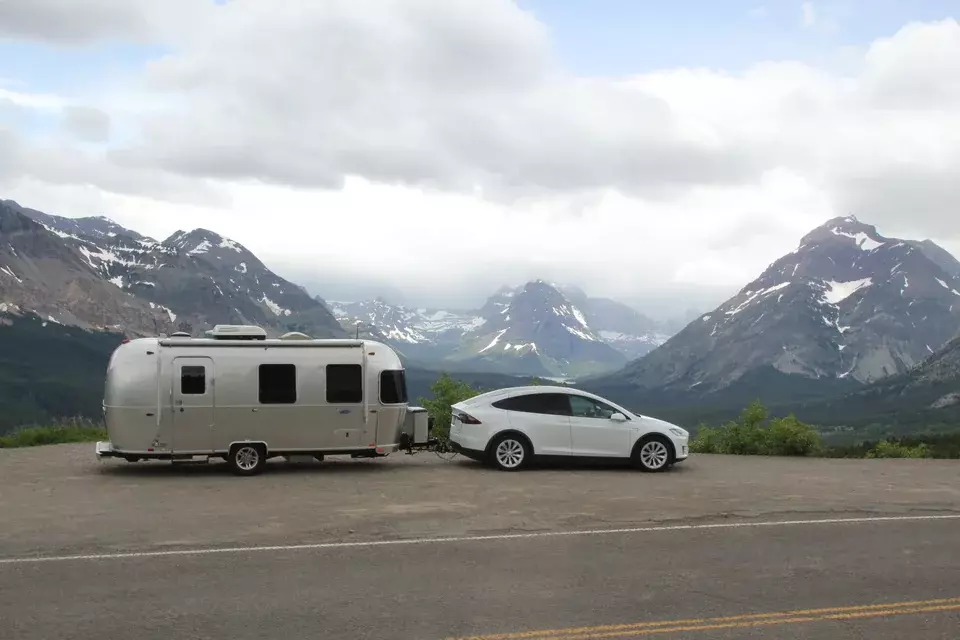
The Model X is Tesla’s flagship SUV, designed to handle various terrains and weather conditions.
With its dual-motor all-wheel-drive system and adjustable air suspension, the Model X can adapt to snowy roads and offer excellent traction control.
The air suspension allows you to increase the vehicle’s ground clearance, which is particularly useful when navigating through deep snow.
The Model X’s larger tires and higher center of gravity also provide better stability and control on slippery surfaces.
Tesla Model Y
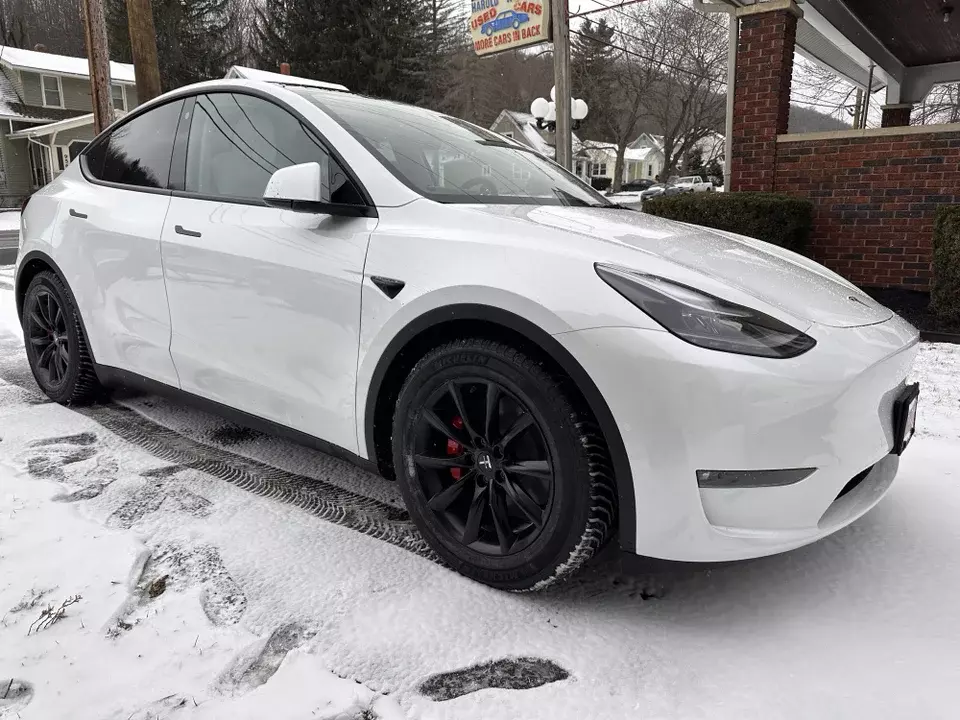
While not quite as capable as the Model X, the Model Y is still a formidable performer in the snow.
Like the Model X, it features a dual-motor all-wheel-drive system, which distributes power to all four wheels for optimal traction.
The Model Y also benefits from a lower center of gravity than the Model X, which can help improve handling and stability on slippery roads.
The Model Y’s compact SUV size and relatively lighter weight make it more maneuverable in snowy conditions.
Tesla Model 3
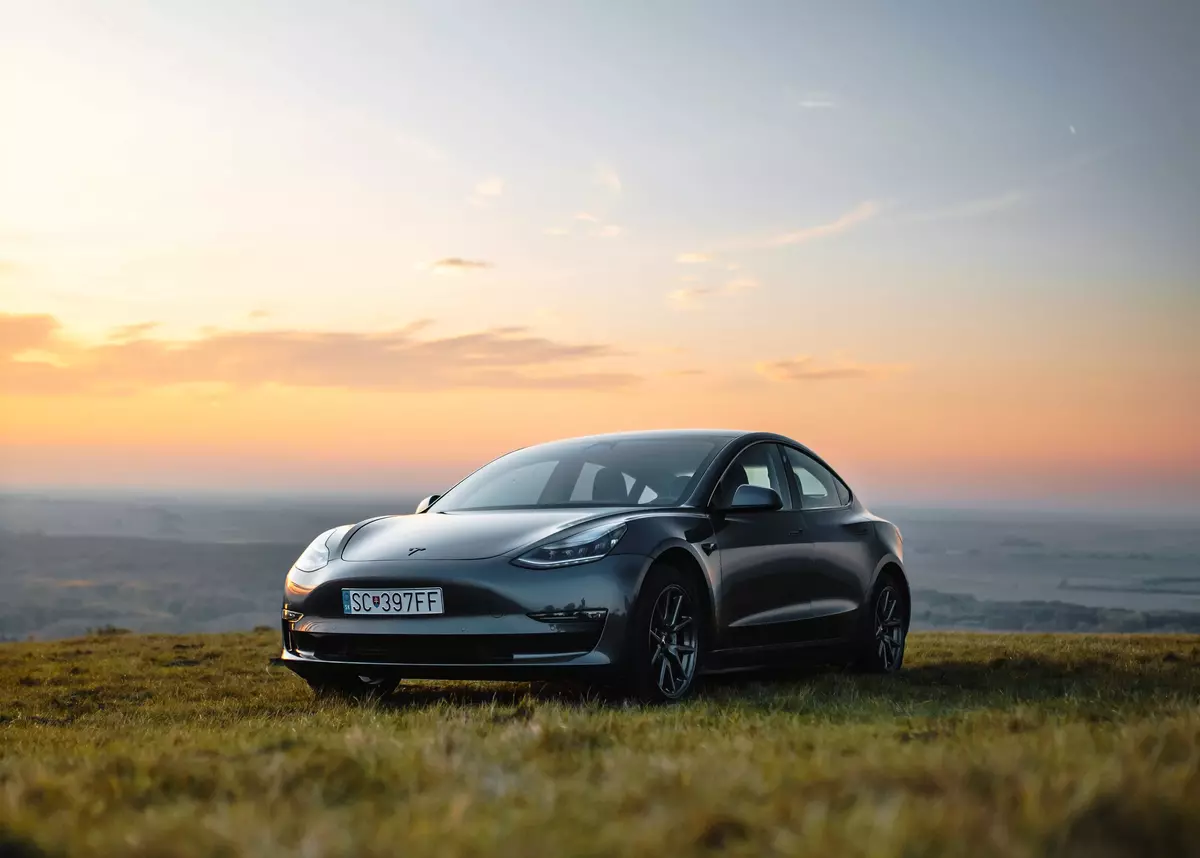
The Model 3, Tesla’s entry-level sedan, is not as well-equipped for snow driving as its SUV counterparts.
While it can be ordered with an optional dual-motor all-wheel-drive system, the Model 3’s lower ground clearance and sedan body style make it less suitable for navigating through deep snow or tackling challenging off-road conditions.
However, if you live in an area with milder winter weather and well-maintained roads, the Model 3 can perform reasonably well with proper winter tires.
Final Words
Teslas are indeed well-equipped to handle snowy and icy road conditions. With their advanced traction control systems, all-wheel drive capabilities, and thoughtful design features, these electric vehicles can navigate through winter with confidence and safety.
However, remember winter driving requires extra caution and patience, regardless of your vehicle. By understanding your Tesla’s capabilities and limitations and taking the necessary precautions, you can enjoy a safe and comfortable driving experience even in the harshest winter conditions.
